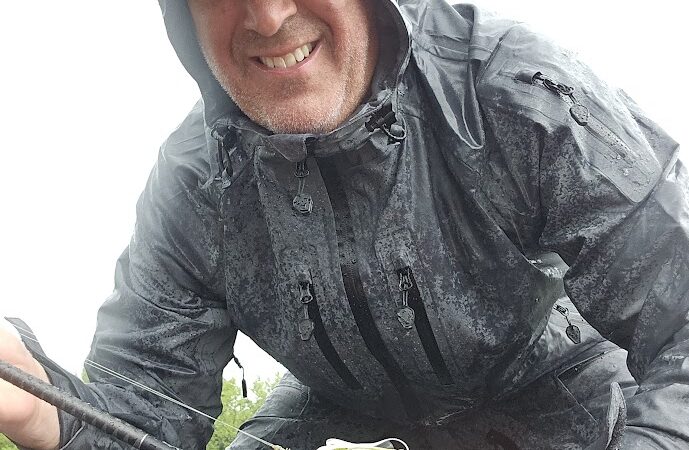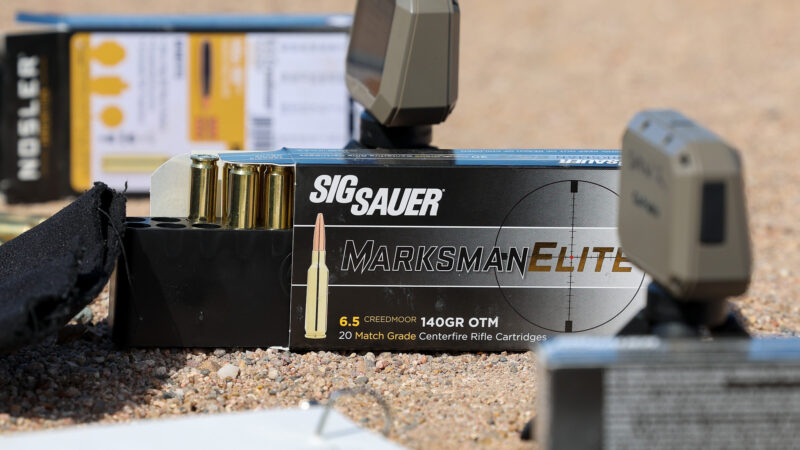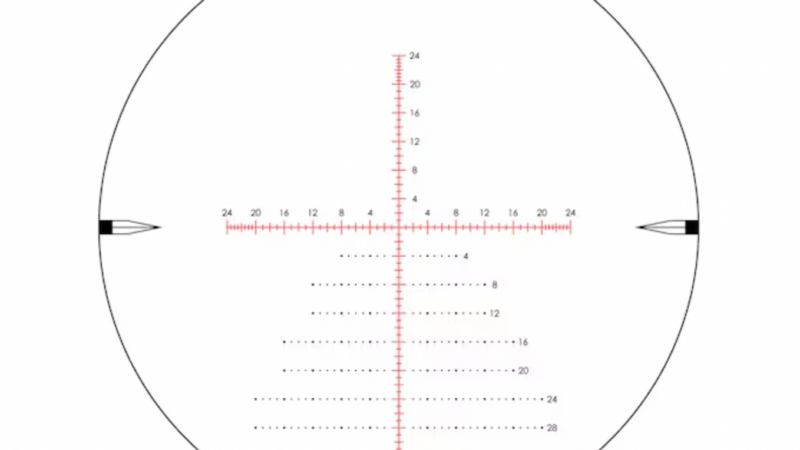This Texas Fisherman Is 3D Printing Duckling Brood Lures — and Catching Bass on Them
Texas angler Goya Lin has combined his knowledge of mechanical engineering with a passion for fishing to create a unique bass lure that looks like a string of ducklings. A couple weeks ago, Lin caught his first largemouth bass on the 3D-printed lure, which he’s been developing and documenting on his YouTube Channel, Yauck Outdoors. That process has taken him almost two years and more than 500 casts to see to fruition.
“I will not say I’m an expert, but I do like to try new things,” Lin tells Outdoor Life.
Lin, who picked up fly fishing when he lived in New York, loves tying his own flies to catch trout. When he moved to Texas 12 years ago, he wanted to bring the same creative, hands-on process he used in fly-tying to crafting bass lures. He first tried carving baits out of wood, but says he “didn’t have the tools or skills to make it work,” and the outcome was far from realistic.
“I was surprised that in bass fishing, people usually just buy their baits from the store,” Lin says. “I thought maybe I could bring that mindset from fly fishing into bass fishing in Texas.”
Lin got his first 3D printer in 2020. Although he initially used it to print gadgets for fun or home improvement, his love of fishing inspired him to try printing his own baits. He considered using aluminum molds to recycle plastic lures, but the high cost of the molds led him to try his hand at printing his own. Using a special software, he designed his first mold for a soft plastic creature bait.
Lin launched his YouTube channel around the same time he began designing and printing his own bait molds. His desire wasn’t for fame, but to help inform anglers who might want to craft their own lures. He also saw the channel as a kind of personal documentary.
“That excitement I have when I catch a fish? I wanted to capture that. I thought I might watch it later down the road to remind me,” Lin explains. “I also wanted to connect with my kids. Nowadays, kids don’t talk to their parents a lot, but they do watch a lot of videos.”

While his early videos drew only modest views, Lin kept at it, refining his designs and recording the process along the way. One day, while fishing a swampy Texas backwater in his kayak, Lin had a close encounter with an alligator that sparked some hard-bait creativity.
Read Next: Are Duck, Rat, and Snake Lures Legit or Gimmicks?
“I saw the alligator and thought, ‘Where there are alligators, there are probably baby alligators. Maybe I should make a baby alligator bait,” Lin says.
That brush with an alligator inspired Lin to design and print a hard plastic alligator bait. It became his first successful hard bait when he landed his first largemouth on it. It was also his first experience with an airbrush.

That mindset led him to his next major lure design: a trio of 3D-printed ducklings.
“When I kayak, I see a lot of wild animals, and one day I saw some baby ducks following their parents, swimming along on the lake. I thought, ‘I bet that looks delicious to a bass.’”
Back at his computer, Lin began designing a set of tandem lures that would mimic those real-life ducklings. After modeling and slicing, he printed the lures and started tinkering with ways to achieve the proper buoyancy. He used BBs inside the duckling bodies to add weight and create some rattling and vibration he hoped would attract attention. But the moving internal weights did create some problems while casting. If they weren’t in a good position inside the body when they hit the water, they wouldn’t float upright.
Lin had to make a lot of other tweaks along the way. He also added moving legs that would mimic lifelike paddling as the lures moved along the surface of the water.
“It’s an iterative process,” Lin says. “I just kept improving everything until it came together. It’s still not perfect.”
After he had the duckling lure floating reliably, Lin took them out on the water for some real-world testing. While he had a few solid bites from interested bass, it wasn’t until cast number 523 (yes, he kept track) that he was finally able to land one.
“It’s not the most efficient way to catch fish,” Lin says. “But it is a lot of fun to catch something with your own creation.”
Lin acknowledges that he isn’t the first person to craft lure that resembles a duckling. Savage Gear won awards with the duckling lure it introduced in 2016, inspiring other creature baits and copy cats.
“Nature is the creator. Everything else is just mimicking what nature is doing,” Lin says. “The 3D printing is what makes mine unique.”
Lin has continued to experiment with new ways of crafting lures, and the next step in his process is multi-color 3D printing so he can design baits with multiple, built-in colors instead of painting his baits by hand.
“It’s something I need to learn because right now I don’t know how to do it,” Lin says.
Read Next: The Best Bass Lures, Tested and Reviewed
True to form, Lin is eager to jump in, learn something new, and document the process. He also encourages anglers new to 3D printing to jump in and try it, and he has some basic tutorials on his channel to walk beginners through creating their lures from scratch.
“People look at the tools and feel intimidated by them, but they should just take the first step. There is always a first step. If you try it and like it, you take more steps and get better.” Lin says. “The internet is your best friend. If you don’t know how to do something, just do a search. Most of the time, you will find an answer.”
The post This Texas Fisherman Is 3D Printing Duckling Brood Lures — and Catching Bass on Them appeared first on Outdoor Life.
Source: https://www.outdoorlife.com/fishing/3d-printed-duckling-lure/




